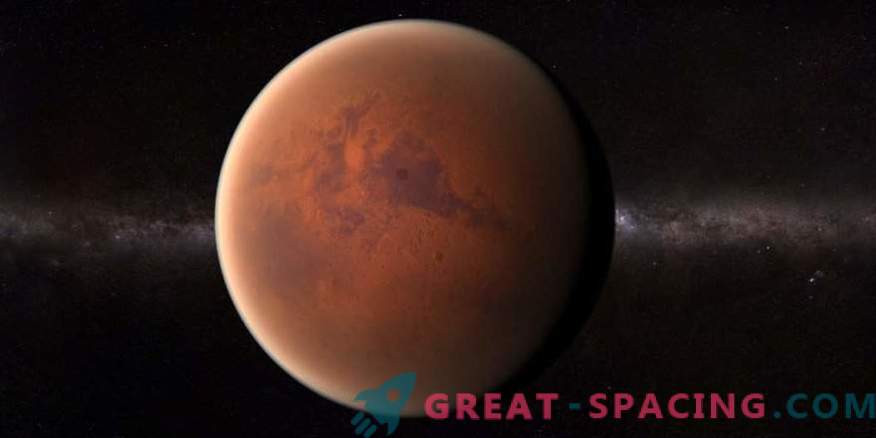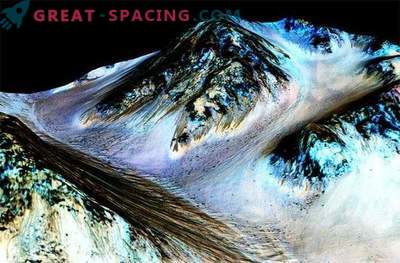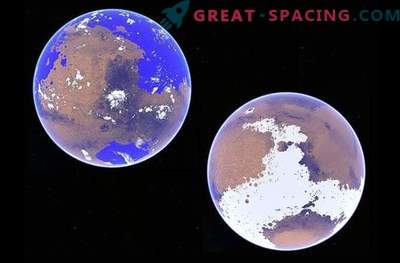
New analysis shows that Mars could be warm enough to hold water in a liquid state on the surface. This helped emissions of methane gas.
Since landing on the Red Planet in August 2012, the Curiosity rover discovered that there were lakes in the crater of Gail 3.5 billion years ago. He managed to drill the rocks that showed the environment suitable for earthly life.
But it is important to bear in mind that the wettest period on Mars was 4.6 billion years ago, when the planet had a more dense atmospheric layer and could better hold liquid water on the surface. The climate was cooler than the earth, but scientists still find evidence that water flowed in streams and rivers, forming lakes and, possibly, seas.
Then, for 600 million years, the planet covered the Hesperia period, when the object moved from a cold and wet state to a cool and icy state. The next 3 billion years called the Amazon stage, when Mars became a cool and dry place. However, scientists were surprised that the rocks from the Gale crater pointed to water during the Hesperia period. But how could the lakes and the delta survive in a more dry period and with a thin atmosphere? Early hypotheses suggested that volcanic activity and meteorites could raise the temperature of the planet. But new data shows that the whole thing is methane emissions.
The fact is that the Martian axial tilt could move by 10-20 degrees, which would turn the icy areas towards the Sun. Melting would release deposits of methane, which burst into the atmosphere. Methane is considered a potent greenhouse gas that can lead to warming.
As a result, the sun's rays destroyed methane, and the warming period could last hundreds of thousands of years. If Martian life existed, then microbes would choose the most water period (3.6 billion years ago). But the important thing is that the researchers got a more complex planetary history.











































